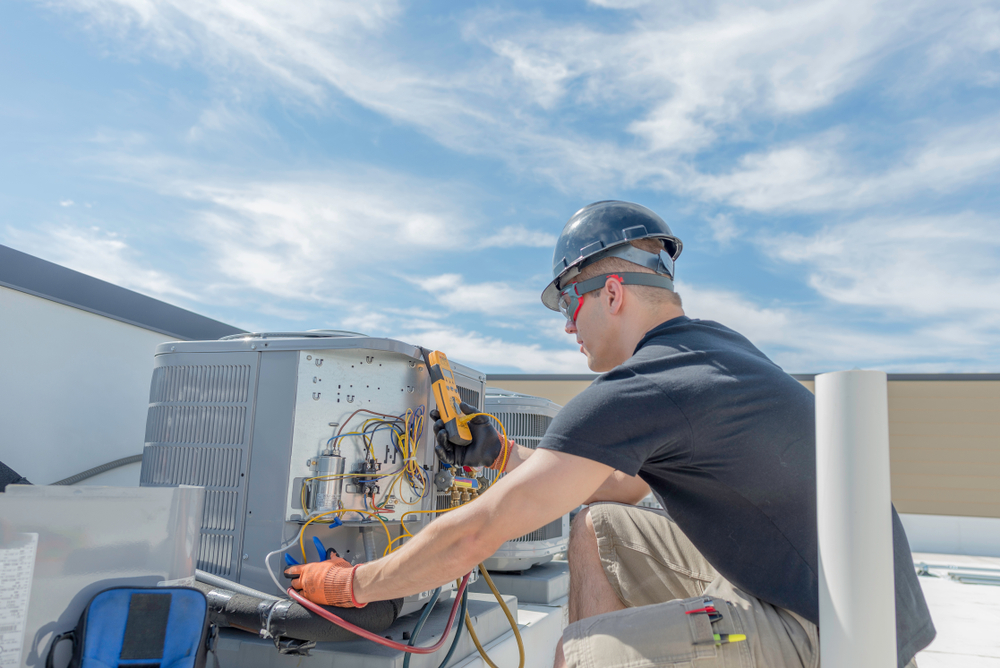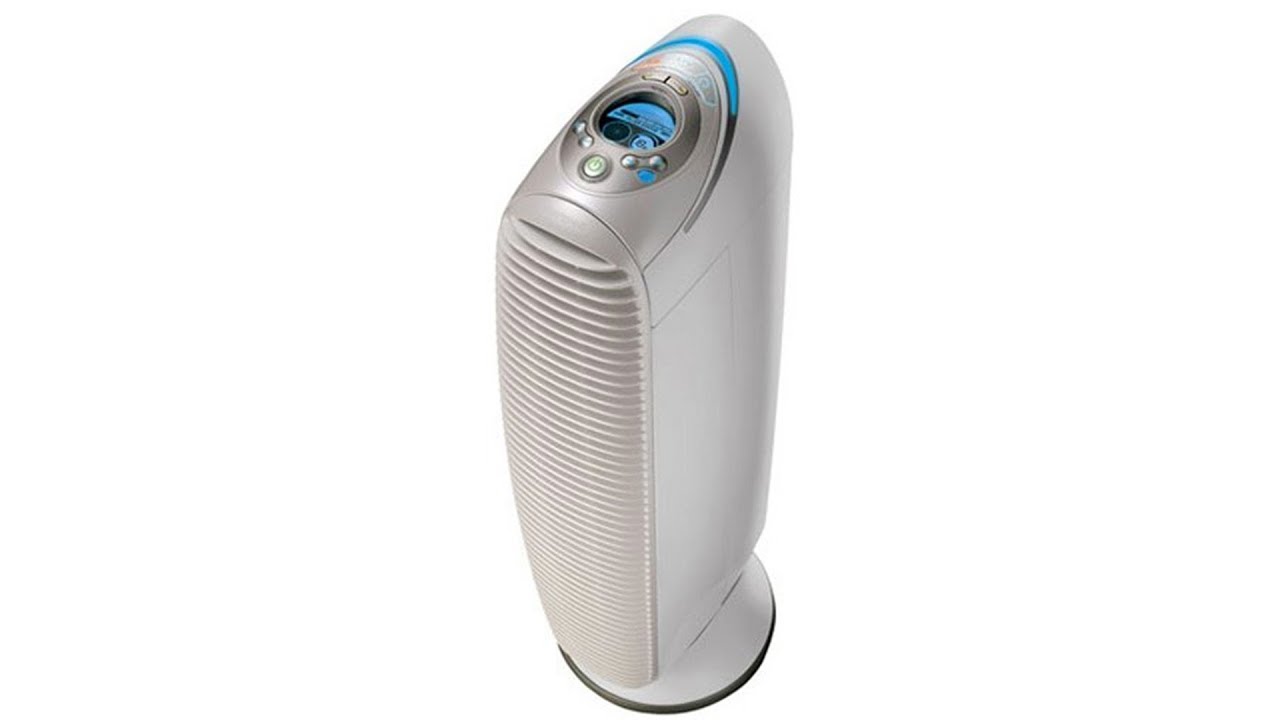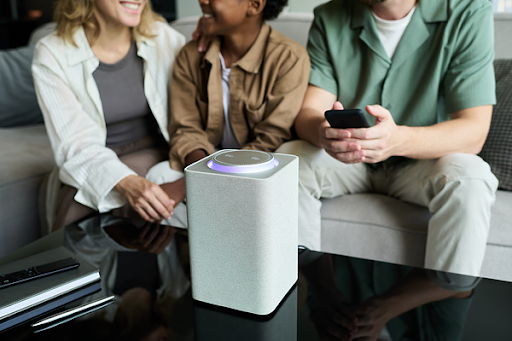Ventilation is essential for maintaining a comfortable and healthy indoor environment. While many people depend on mechanical systems like HVAC (heating, ventilation, and air conditioning) units to circulate air, passive ventilation offers an effective and energy-efficient alternative that can be seamlessly integrated into residential spaces. This method operates without mechanical assistance, harnessing natural forces such as wind, thermal buoyancy, and pressure differences to ensure proper airflow. In this blog, we’ll delve into the benefits, types, and considerations of passive ventilation for homes.
What is Passive Ventilation?
Passive ventilation involves using natural environmental forces to enhance airflow and lessen the reliance on mechanical ventilation systems. By thoughtfully designing a home’s layout and features, passive ventilation can significantly improve indoor air quality, decrease moisture levels, and maintain a comfortable temperature—all without the energy costs associated with traditional HVAC systems.
In contrast to active ventilation, which employs fans and air conditioning units, passive ventilation depends on the natural movement of air through windows, vents, and openings. The key principles of passive ventilation include:
Wind Effect: Air moves through windows and vents due to natural wind pressures.
Thermal Buoyancy: Warm air rises, allowing cooler air to flow into the lower areas of the home.
Stack Effect: Hot air rises, creating a pressure difference that draws in cooler air from outside.
Benefits of Passive Ventilation
Energy Efficiency: A major benefit of passive ventilation is its capacity to lower energy consumption. By facilitating the flow of fresh air throughout your home without the need for air conditioning or fans, passive ventilation reduces electrical energy usage, resulting in lower utility bills. In regions with mild weather, passive ventilation can be particularly effective.
Improved Indoor Air Quality: Good indoor air quality is essential, and proper ventilation plays a crucial role in achieving it. Passive ventilation helps minimize the accumulation of pollutants, moisture, and carbon dioxide by ensuring a steady flow of fresh air from outside. This approach can significantly decrease the presence of mold, dust, allergens, and other airborne contaminants, creating a healthier living environment for everyone in the home.
Sustainability: By lessening the reliance on energy-heavy heating and cooling systems, passive ventilation promotes a more sustainable and eco-friendly household. This method consumes fewer resources and emits less greenhouse gas, enabling homeowners to reduce their carbon footprint.
Cost Savings: Passive ventilation is a cost-effective choice since it doesn’t involve fans, air conditioning units, or other mechanical systems. Homeowners can save considerably on both installation and maintenance costs. Additionally, the reduction in energy consumption leads to ongoing savings, making passive ventilation a financially wise option over time.
Types of Passive Ventilation Systems
Various passive ventilation techniques can be implemented in residential settings, each tailored to different home designs and climates.
Cross Ventilation
This technique occurs when air flows in through one side of the home and exits through another, creating a natural breeze that circulates the air. It can be achieved by strategically placing windows or vents on opposite walls, allowing the wind to move air through the living space. Cross ventilation is especially effective in regions with consistent outdoor breezes.
Stack Ventilation (or Chimney Effect)
Stack ventilation is based on the principle that hot air rises. As warm air ascends within the house, it creates a pressure difference that draws in cooler air from lower levels or external vents. This method works particularly well in multi-story homes, where vents or windows positioned higher up allow warm air to escape, drawing in fresh air from the ground floor or outdoor areas.
Ventilation Shafts and Skylights
Adding ventilation shafts or skylights to a home’s design can significantly enhance airflow. These features enable hot air to escape from the upper areas of the house while allowing cooler, fresh air to enter from lower levels. Skylights and ventilation shafts are often found in homes with high ceilings or open floor plans.
Trickle Vents
Trickle vents are small openings installed in windows or walls that facilitate a continuous influx of fresh air. They are particularly beneficial in homes where larger window openings may not be feasible. These vents create a small yet consistent air exchange, helping to prevent moisture buildup and stale air.
Passive House Design
The goal of passive house designs is to achieve maximum energy efficiency through highly insulated and airtight building envelopes. In this approach, passive ventilation works alongside the airtightness of the structure, utilizing controlled openings like vents and windows to ensure a healthy and comfortable indoor environment without the need for mechanical systems.
Considerations for Passive Ventilation
While passive ventilation can effectively enhance indoor air quality and lower energy usage, there are several factors to keep in mind before implementing it in your home.
Climate: Passive ventilation is most effective in areas with mild weather and consistent outdoor breezes. In hot and humid climates, it may not provide adequate cooling, and in colder climates, it could result in heat loss. Homeowners in extreme climates might still need to depend on mechanical systems.
Home Design: The success of passive ventilation largely hinges on the home’s layout. Aspects such as window placement, vent design, and room arrangement can all influence how effectively passive ventilation operates. It’s crucial to thoughtfully plan and design your space to maximize airflow.
Maintenance: Although passive ventilation systems require less upkeep than mechanical HVAC systems, it’s still important to regularly clean the vents.
Air Quality Control: In areas with high pollution or poor air quality, passive ventilation may allow outdoor contaminants to enter the home. In such cases, additional air filtration or mechanical ventilation may be necessary to maintain healthy indoor air.
Conclusion
Passive ventilation is a sustainable and cost-effective solution for improving the air quality and energy efficiency of residential spaces. By harnessing natural forces, it reduces the need for mechanical systems, lowers energy consumption, and creates a healthier living environment. While it may not be suitable for every home or climate, integrating passive ventilation strategies into your residential space can help you achieve a more comfortable and eco-friendly home.




Leave a Comment